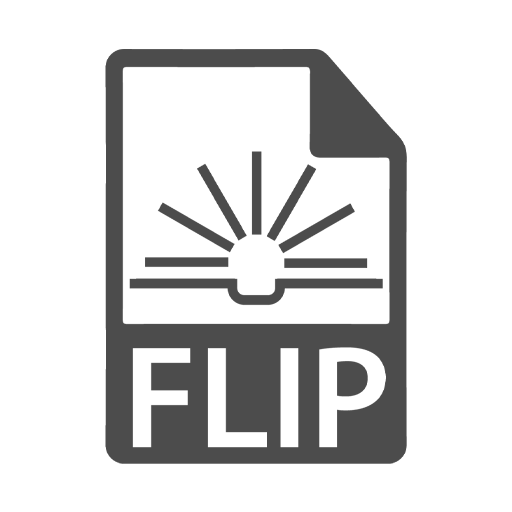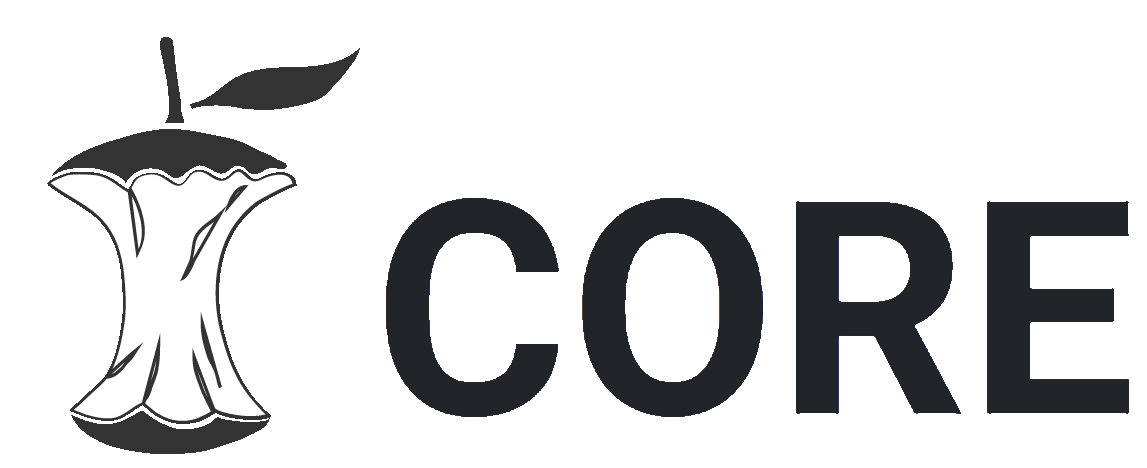Publicación: Efecto de crecimiento de hongos antagonistas (trichoderma sp y gliocladium sp) frente a hongos entomopatógenos (metarhizium sp, paecilomyces sp y beauveria sp) en medio nutritivo de PDA
Portada
Citas bibliográficas
Código QR
Autor corporativo
Recolector de datos
Otros/Desconocido
Director audiovisual
Editor/Compilador
Editores
Tipo de Material
Fecha
Cita bibliográfica
Título de serie/ reporte/ volumen/ colección
Es Parte de
Resumen en español
En el presente trabajo se da a conocer la importancia de los hongos entomopatógenos y los hongos antagonistas, este trabajo se realizó en el laboratorio de microbiología y fitopatología vegetal, que consistió en evaluar y analizar el comportamiento que tienen los hongos cuando se encuentran en el mismo medio de PDA, en cajas de petri estos están obligados a competir por espacio, luz y nutrientes. Los resultados que se obtuvieron en los ensayos con los hongos antagonistas, Trichoderma sp y Gliocladium sp, se observó que su crecimiento en cada una de las repeticiones siempre fue superior a los hongos entomopatógenos. Se observó que Paecilomyces sp, marca una diferencia cuantitativa en su crecimiento comprados con los hongos Metarhizium sp y Beauveria sp, su crecimiento se mantuvo en los doce días de evaluación creando un halo de color vinotinto como una barrera donde los dos hongos antagonistas no lograron crecer sobre la colonia o reducir su crecimiento como se muestra en las figuras 8 y 11. Se cotejo que los hongos antagonistas no presentan el mismo poder de crecimiento frentes los hongos entomopatógenos como se observa en las imágenes 6, 7, 9,y 10. Donde Trichoderma sp crece sobre las colonias de Metarhizium sp y Beauveria sp a diferencia de Gliocladium sp que no invade las colonias de estos hongos entomopatógenos.
Resumen en inglés
In the present work, the importance of entomopathogenic fungi and antagonistic fungi is explained. This work is carried out in the plant microbiology and plant pathology laboratory, which consists of evaluating and analyzing the behavior of fungi when they are found in One place and they are forced to compete for space, light and nutrients. The results were obtained in the trials with the fungal antagonists, Trichoderma sp and Gliocladium sp. Its growth in each of the repetitions was always superior to the entomopathogenic fungi. It has been seen how a quantitative difference in its growth occurs with the fungi Metarhizium sp and Beauveria bassiana, its growth is fulfilled in the twelve days of the evaluation of a halo of vinotinto color as a barrier where the antagonistic fungi will not manage to grow on the colony or reduce its growth as shown in figures 3 and 6. It is to recognize the same antagonists does not present the same growth power of the fronts of the entomopathogenic fungi as seen in the images 1,2,4, and 5. Where Trichoderma sp grows on the colonies of Metarhizium sp and Beauveria sp unlike Gliocladium sp that does not invade the colonies of these entomopathogenic fungi


 PDF
PDF  FLIP
FLIP 

